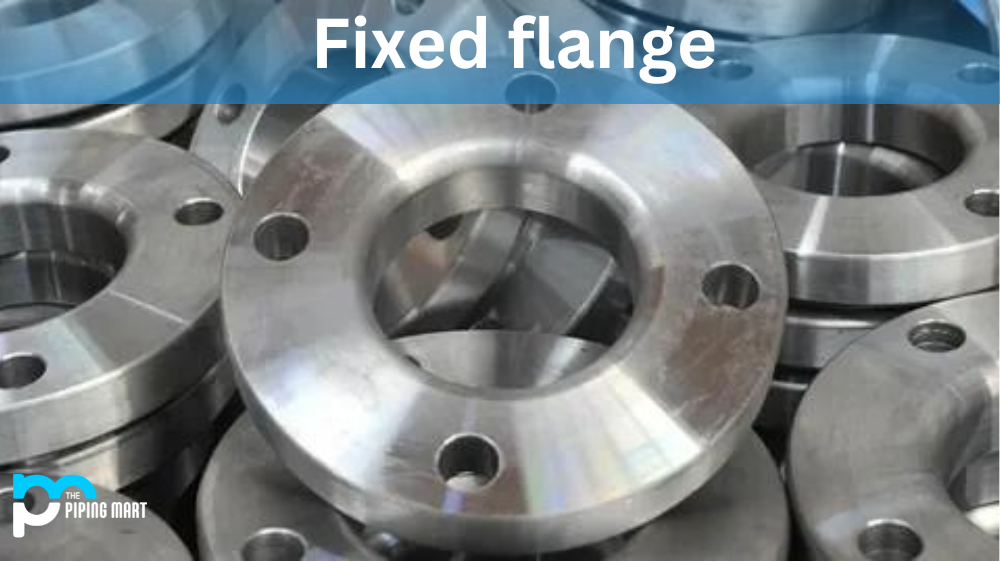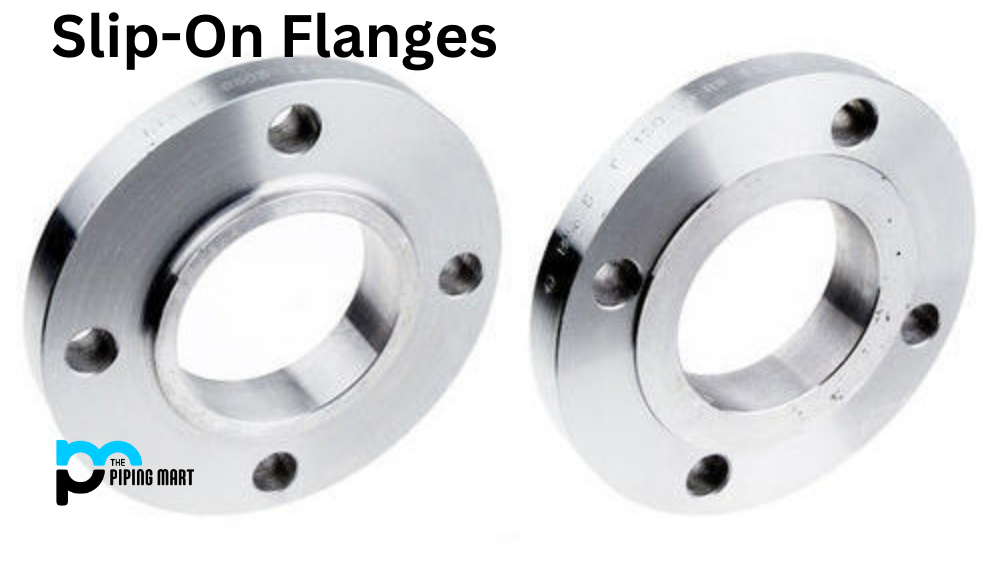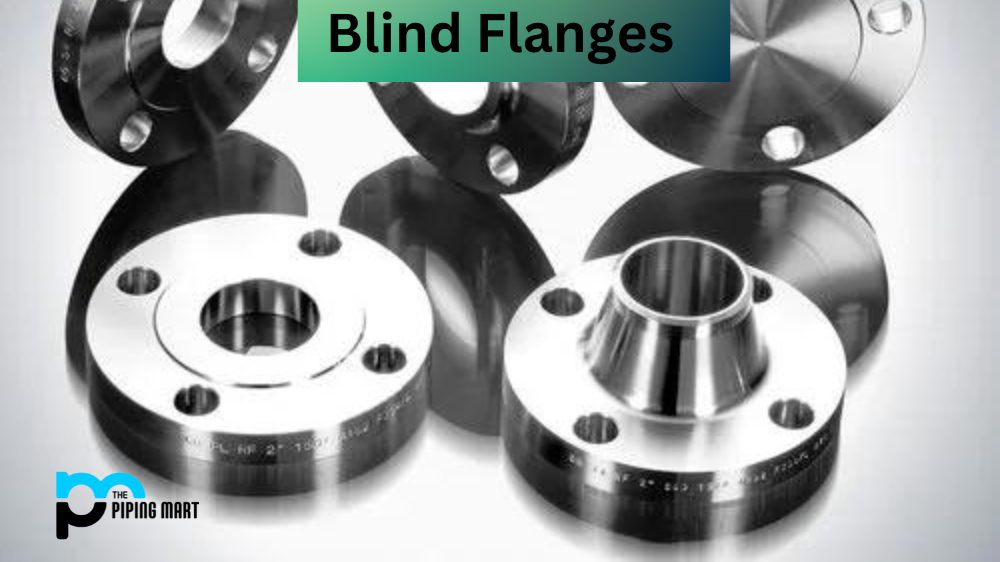A fixed flange is a type of connection used in various industrial applications. This flange is typically used to connect pipes or other structures, allowing for an efficient and secure connection between two components. This blog post will discuss why you might use a fixed flange, the different types of fixed flanges available, and how to weld one correctly.
What is Fixed Flange?
Fixed flanges are essential components in piping systems, connecting pipes or fittings securely. These flanges typically comprise a flat, circular plate with bolt holes around its perimeter. When this plate is welded or bolted onto the end of a pipe, it forms a robust joint. This connection is vital in industries requiring stability and durability, such as oil refineries, chemical plants, and power stations. Fixed flanges effectively resist movement, vibration, and pressure fluctuations, ensuring consistent performance. They are available in various sizes and materials, including carbon steel, stainless steel, and specialized alloys. Proper installation and maintenance are essential to uphold the integrity and safety of fixed flange connections.
Fixed Flange Uses
Fixed flanges can be used for a variety of purposes in many different industries. Common uses include:
- Connecting pipes in pipeline systems.
- Coupling parts in mechanical systems.
- Forming connections between two structural elements.
For example, suppose you were constructing a bridge or building a foundation out of metal pipes or beams. In that case, you could use fixed flanges to connect them together without any additional welding securely is necessary. Additionally, these connections are often used in the automotive industry when creating exhaust systems or turbochargers.
Fixed Flanges Types
Fixed flanges come in many shapes and sizes to accommodate different connections. However, the most common type is the standard flat-faced fixed flange. This style consists of two flat plates with bolt holes around the perimeter lining up when connected. These bolts then tighten down to create an airtight seal that prevents any gas from escaping through the connection point. There are also raised face and tongue-and-groove styles available, as well as plate and slip-on varieties too!
Fixed Flanges Welding
When it comes to welding your own fixed flanges together yourself, several steps should be followed to ensure proper execution. First, ensure you are using the correct size wire for your project – too large or small may cause uneven heating, resulting in poor welds. Then clean off any dirt or rust from the surfaces you plan on welding before beginning so that the weld sticks properly to the material being worked on instead of just sitting on top of it! Finally, use slow passes at a low heat setting while running your weld along both sides of each joint until everything is connected securely – this ensures that no weak spots remain in your welded structure after completion!
Conclusion:
In conclusion, fixed flanges are vital for numerous industrial applications as they can securely connect two components without the need for further welding. They vary in size and shape to accommodate different connection requirements and can create airtight seals when appropriately tightened with bolts. If you find yourself needing to weld fixed flanges, ensure to clean the surfaces beforehand and use slow passes with low heat settings for better outcomes. For those new to welding and seeking guidance on utilizing fixed flanges effectively, don’t hesitate to contact thepipingmart for expert advice! we can provide all the expertise needed!

Pipingmart is a B2B portal that specializes in metal, industrial and piping items. Additionally, we share the latest information and information about materials, products and various types of grades to assist businesses that are involved in this business.




